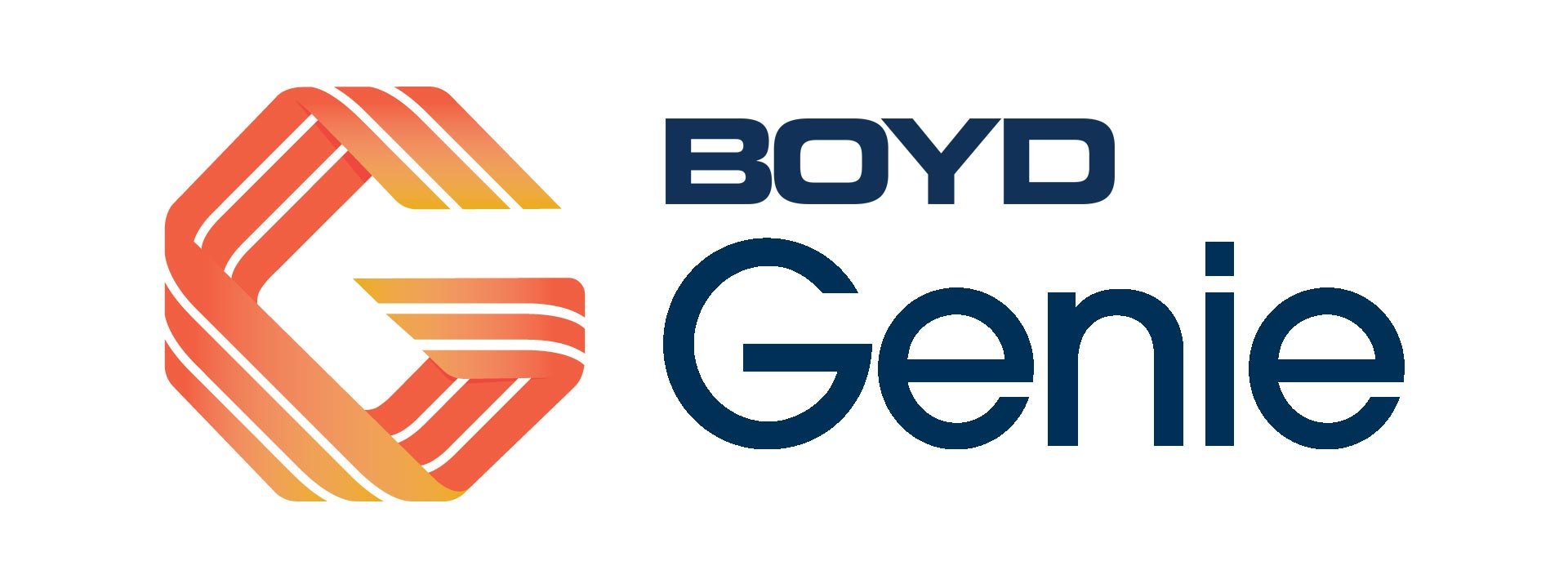Software Solutions
Leverage Boyd’s half century of thermal management expertise in our empirically balanced thermal simulation software. From designing heat sinks to architecting complex liquid cooling systems, Boyd’s software solutions use our testing and design validation to find two-phase dryout values and real-world application performance.

Thermal Software Solutions: Computational Design of Complex Systems
Boyd has leveraged decades of thermal expertise and empirical data to develop specialized software applications for use in thermal modeling.
Seeing the industry need for more accurate and easy to use computational design of complex systems, Boyd developed tools to address these demands. As heat pipes, vapor chambers, heat exchangers, and liquid systems continue to become more essential to effective cooling solutions, our thermal software solutions allow engineers to apply them more accurately, more efficiently and with greater confidence.

Boyd SmartCFD
In addition to other advanced features, “smart objects” guide the user as they design. These objects have embedded physics that define their characteristics and notify users if the design will not meet application requirements. With these calculations in place, model complex components successfully without intimate knowledge of the inner workings of these parts. This unique feature not only saves time, frustration, and the expense of costly experiments, but also educates the user as they refine their design.

Boyd Genie
Heat sinks can be designed and simulated in minutes in six fabrication methods and can include the addition of defined flow rates, ducting, interface resistance, or heat pipes. Using the same empirical data-based solvers from Boyd SmartCFD, users can try out heat pipes in heat sink applications. Users can add up to 10 discrete heat sources on the heat sink base, each with their own size, heat load, and interface resistance. Boyd Genie is a free online application that requires no contracts or subscription fees.
Have questions? We’re ready to help!
